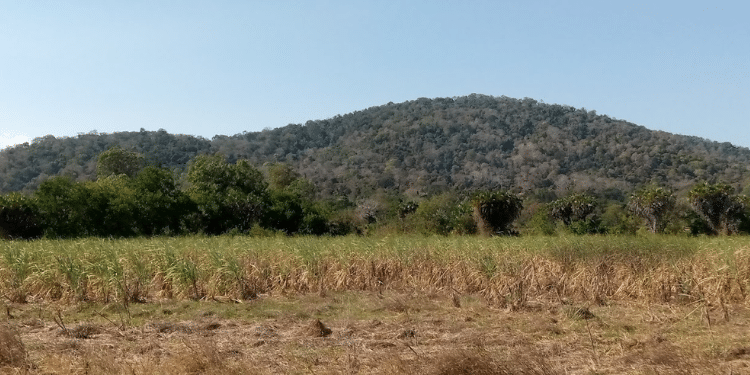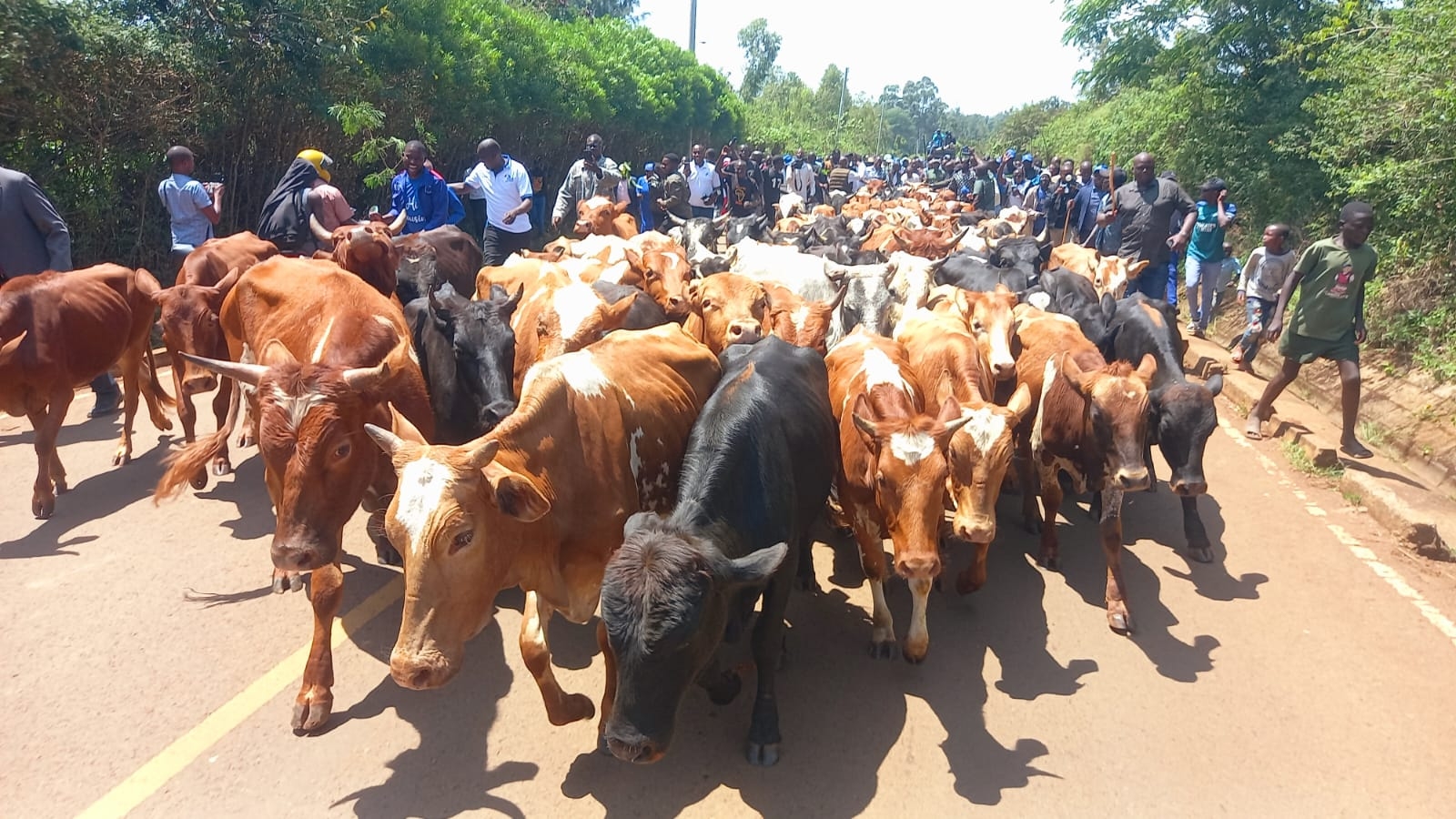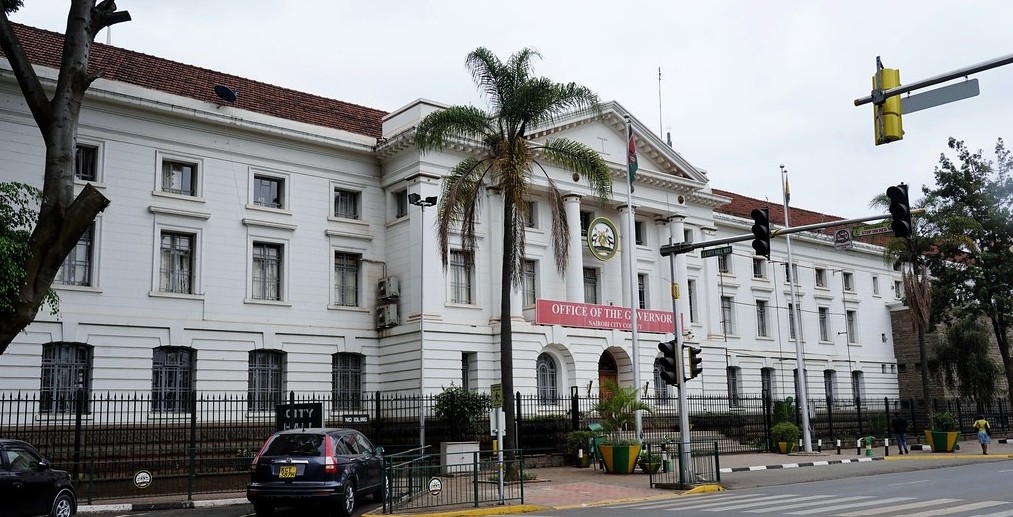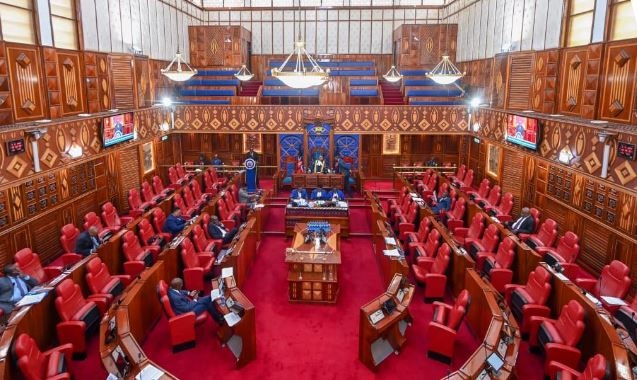More than half of world's mangrove ecosystems are at risk of collapse by 2050, a global study has shown.
This is the first time an ecosystem group has been assessed.
The assessment was done by the International Union for Conservation of Nature's (IUCN) Red List of Ecosystems, a global standard for measuring the health of ecosystems.
The findings show that 50 per cent of mangrove ecosystems are vulnerable or critically endangered.
Mangroves are salt-tolerant trees and shrubs in the intertidal regions of the tropical and subtropical coastlines.
They thrive where fresh water mixes with seawater.
In Kenya, they are found in Lamu, Tana River, Kilifi, Mombasa and Kwale counties.
Mangroves are in tidal estuaries, creeks and protected bays.
Lamu has the most mangrove forests at 92,293 acres, followed by Kilifi (21,092 acres) Kwale (20,643 acres) Mombasa (9,318 acres) and Tana River at eight acres.
Mangroves are threatened by deforestation, development, pollution and dam construction.
But the risk to these ecosystems is increasing due to rise of sea-level and the increased frequency of severe storms associated with climate change.
Climate change threatens one third (33 per cent) of mangrove ecosystems.
IUCN director general Dr Grethel Aguilar said IUCN’s Red List of Ecosystems is key to tracking progress with the goal of halting and reversing biodiversity loss.
This is in line with the Kunming-Montreal Global Biodiversity Framework.
“The first global assessment of mangrove ecosystems gives key guidance that highlights the urgent need for coordinated conservation of mangroves which are crucial habitats for millions of vulnerable communities worldwide," she said.
"The assessment’s findings will help us work together to restore the mangrove forests that we have lost and protect the ones we still have.”
This study classified the world’s mangrove ecosystems into 36 different regions called provinces (delineated areas where mangroves exist) and assessed the threats and risk of collapse in each region.
More than 250 experts from 44 countries participated in the study.
IUCN Commission on Ecosystem Management chairperson Angela Andrade said mangrove ecosystems are exceptional in their ability to provide essential services to people.
Some of the services include coastal disaster risk reduction, carbon storage and sequestration and support for fisheries.
“Their loss stands to be disastrous for nature and people across the globe. That is why this assessment is so important," she said.
"The Red List of Ecosystems provides clear pathways on how we can reverse mangrove loss and protect these delicate ecosystems for the future, helping in turn to safeguard biodiversity, tackle the effects of climate change and support realisation of Global Biodiversity Framework.”
Without significant changes by 2050, climate change and sea level rise will result in loss of 8 billion tonnes of carbon stored in mangroves.
The carbon is currently valued at a $13 billion (Sh1.7 trillion) at market prices in voluntary carbon markets.
It will also result in loss of protection for 2.1 million lives exposed to coastal flooding and $36 billion (4.7 trillion) worth of property.
It will also lead to 17 million fishing days per year (14 per cent of the current fishing effort is supported by mangroves).
The study says maintaining mangrove ecosystems across the globe is key to mitigating impacts of climate change.
Healthy mangroves can better cope with sea level rise and provide inland protection from the impacts of hurricanes, typhoons and cyclones.
Established in 2014, the Red List of Ecosystems (RLE) is a global standard for how we evaluate the conservation status of environments, applicable at local, national, regional and global levels.
It acts as a tool for assessing and monitoring the ‘health’ of global ecosystems, the threats these environments face and ways to reduce risks to and loss of biodiversity.
It compliments other biodiversity tools provided by IUCN, such as the Red List of Threatened Species, the World Database on Protected Areas, and the World Database of Key Biodiversity Areas.
Lamu county hosts 60 per cent of mangroves.
Lamu’s communities have had a long history and cultural connection to the mangroves, utilising them for various purposes like construction, fuel and traditional practices.
Restricting access to these resources entirely could have had significant social and economic consequences.


















